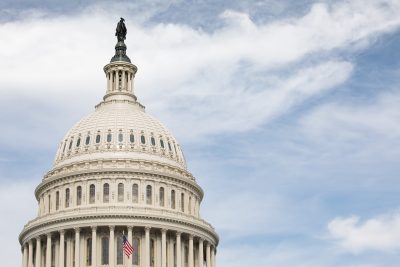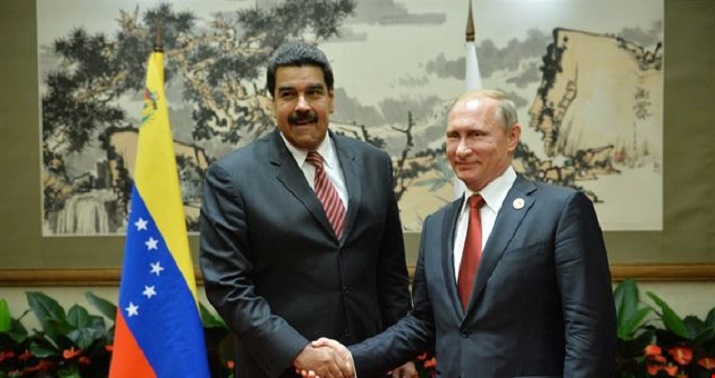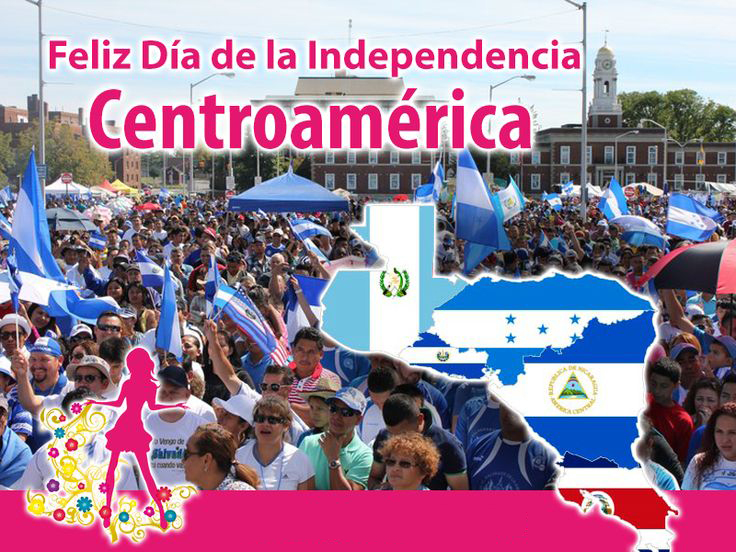FROM THE EDITOR
Dear readers:
I share with you this piece of text from a book, published by Michel Chossudovsky, which by its preface I can see that it carries enough detailed and researched information of the facts that have led us to be, from a free, democratic nation and the threshold of the world , to a nation with less freedom, less democracy, and no longer the threshold of freedom – and all in the wake of the events of September 11, 2001.
Due to its length, this article will be published in parts. This is PART 2 of a series.
by Michel Chossudovsky
The livelihood of millions of people throughout the World is at stake. It is my sincere hope that the truth will prevail and that the understanding provided in this detailed study will serve the cause of World peace. This objective, however, can only be reached by revealing the falsehoods behind America’s War on Terrorism and questioning the legitimacy of the main political and military actors responsible for extensive war crimes.” (Michel Chossudovsky, August 2005 )
Below is the preface of Michel Chossudovsky’s 2005 bestseller: America’s War on Terrorism
The mysterious Pakistani general
On the 12th of September, a mysterious Lieutenant General, head of Pakistan’s Military Intelligence (ISI), who according to the US press reports “happened to be in Washington at the time of the attacks”, was called into the office of Deputy Secretary of State Richard Armitrage.
The “War on Terrorism” had been officially launched late in the night of September 11, and Dick Armitage was asking General Mahmoud Ahmad to help America “in going after the terrorists”. Pakistani President Pervez Musharraf was on the phone with Secretary of State Colin Powell and the following morning, on the 13th of September, a comprehensive agreement, was reached between the two governments.
While the press reports confirmed that Pakistan would support the Bush administration in the “war on terror”, what they failed to mention was the fact that Pakistan`s military intelligence (ISI) headed by General Ahmad had a longstanding relationship to the Islamic terror network. Documented by numerous sources, the ISI was known to have supported a number of Islamic organizations including Al Qaeda and the Taliban. (See Chapter IV in the book.)
My first reaction in reading news headlines on the 13th of September was to ask: if the Bush administration were really committed to weeding out the terrorists, why would it call upon Pakistan`s ISI, which is known to have supported and financed these terrorist organizations?
Two weeks later, an FBI report, which was briefly mentioned on ABC News, pointed to a “Pakistani connection” in the financing of the alleged 9/11 terrorists. The ABC report referred to a Pakistani “moneyman” and “mastermind” behind the 9/11 hijackers.
Subsequent reports indeed suggested that the head of Pakistan’s military intelligence, General Mahmoud Ahmad, who had met Colin Powell on the 13th of September 2001, had allegedly ordered the transfer of 100,000 dollars to the 9/11 ringleader Mohammed Atta. What these reports suggested was that the head of Pakistan’s military intelligence was not only in close contact with senior officials of the US Government, he was also in liaison with the alleged hijackers.
My writings on the Balkans and Pakistani connections, published in early October 2001 were later incorporated into the first edition of this book. In subsequent research, I turned my attention to the broader US strategic and economic agenda in Central Asia and the Middle East.
There is an intricate relationship between War and Globalization. The “War on Terror” has been used as a pretext to conquer new economic frontiers and ultimately establish corporate control over Iraq’s extensive oil reserves.
The disinformation campaign
In the months leading up to the invasion of Iraq in March 2003, the disinformation campaign went into full gear.
Known and documented prior to the invasion, Britain and the US made extensive use of fake intelligence to justify the invasion and occupation of Iraq. Al Qaeda was presented as an ally of the Baghdad regime. “Osama bin Laden” and “Weapons of Mass Destruction” statements circulated profusely in the news chain. (Chapter XI.)
Meanwhile, a new terrorist mastermind had emerged: Abu Musab Al-Zarqawi. In Colin Powell’s historic address to the United Nations Security Council, detailed “documentation” on a sinister relationship between Saddam Hussein and Abu Musab Al-Zarqawi was presented, focusing on his ability to produce deadly chemical, biological and radiological weapons, with the full support and endorsement of the secular Baathist regime.
A Code Orange terror alert followed within two days of Powell’s speech at the United Nations Security Council, where he had been politely rebuffed by UN Weapons Inspector Dr. Hans Blix.
Realty was thus turned upside down. The US was no longer viewed as preparing to wage war on Iraq. Iraq was preparing to attack America with the support of “Islamic terrorists”. Terrorist mastermind Al-Zarqawi was identified as the number one suspect.
Official statements pointed to the dangers of a dirty radioactive bomb attack in the US.
The main thrust of the disinformation campaign continued in the wake of the March 2003 US-led invasion of Iraq. It consisted in presenting the Iraqi resistance movement as “terrorists”. The image of “terrorists opposed to democracy” fighting US “peacekeepers” appeared on television screens and news tabloids across the globe.
Meanwhile, the Code Orange terror alerts were being used by the Bush administration to create an atmosphere of fear and intimidation across America. (See Chapter XX.) The terror alerts also served to distract public opinion from the countless atrocities committed by US forces in the Afghan and Iraqi war theaters, not to mention the routine torture of so-called “enemy combatants”.
Following the invasion of Afghanistan, the torture of prisoners of war and the setting up of concentration camps became an integral part of the Bush administration’s post 9/11 agenda.
The entire legal framework had been turned upside down. According to the US Department of Justice, torture was now permitted under certain circumstances. Torture directed against “terrorists” was upheld as a justifiable means to preserving human rights and democracy. (See chapters XIV and XV.) In an utterly twisted logic, the Commander in Chief can now quite legitimately authorize the use of torture, because the victims of torture in this case are so-called “terrorists”, who are said to routinely apply the same methods against Americans.
The orders to torture prisoners of war at the Guantanamo concentration camp and in Iraq in the wake of the 2003 invasion emanated from the highest levels of the US Government. Prison guards, interrogators in the US military and the CIA were responding to precise guidelines.
An inquisitorial system had been installed. In the US and Britain the “war on the terrorism” is upheld as being in the public interest. Anybody who questions its practices—which now include arbitrary arrest and detention, torture of men, women and children, political assassinations and concentration camps—is liable to be arrested under the antiterrorist legislation. (Part 3 will continue next week with The London 7/7 Bomb Attack).








